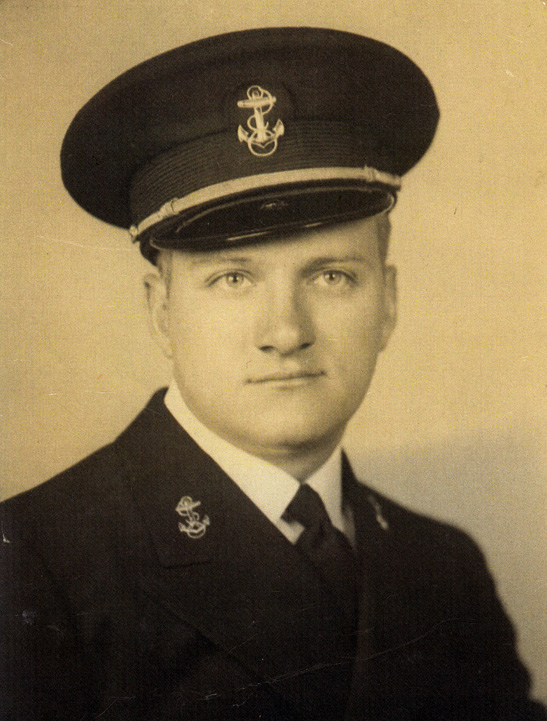March 2011
Sorry for the slight delay in posts, my brother and I have been working on improving his living situation with hammers, nails, and drywall. 🙂 As I continue to enter sailors into the database, I noticed another trend, during march of 1944 another 100 or so sailors were sent home and another set of new sailors joined the USS Boston in Espiritu Santos in the western pacific. They were shipped from hawaii as raw recruits, many of them joined the Navy in mid-1943. The 100 sailors that left were mostly posted new ships under construction on the east and west coasts of the US.
Consider that the Crew of the Boston, after commissioning in June 1943, added a group of sailors in august 1943, so that they were more sailors than were a full crew. When they arrived in San Francisco and exchange sailors took place, some new sailors replaced some sailors commissioned in june; the old sailors were sent to new ships. In Hawaii in Dec 1943, some sailors were transferred to other cruisers. Then in march of 1944, 100 or so (that’s every 1 in 17 men) were transferred back to new cruisers being built and they were replaced by new recruits.
I’ve had really slow going in the archival data, because the pages from Espiritu Santos were almost unreadable. I have to try and go to the next period and see if they were added to the roster. Every three months, the entire ships roster was re-accounted for. This process is really tedious; especially when you can’t read the names. sometimes the re-accounting is unreadable, then you just guess.
Making slow progress,
Bill




